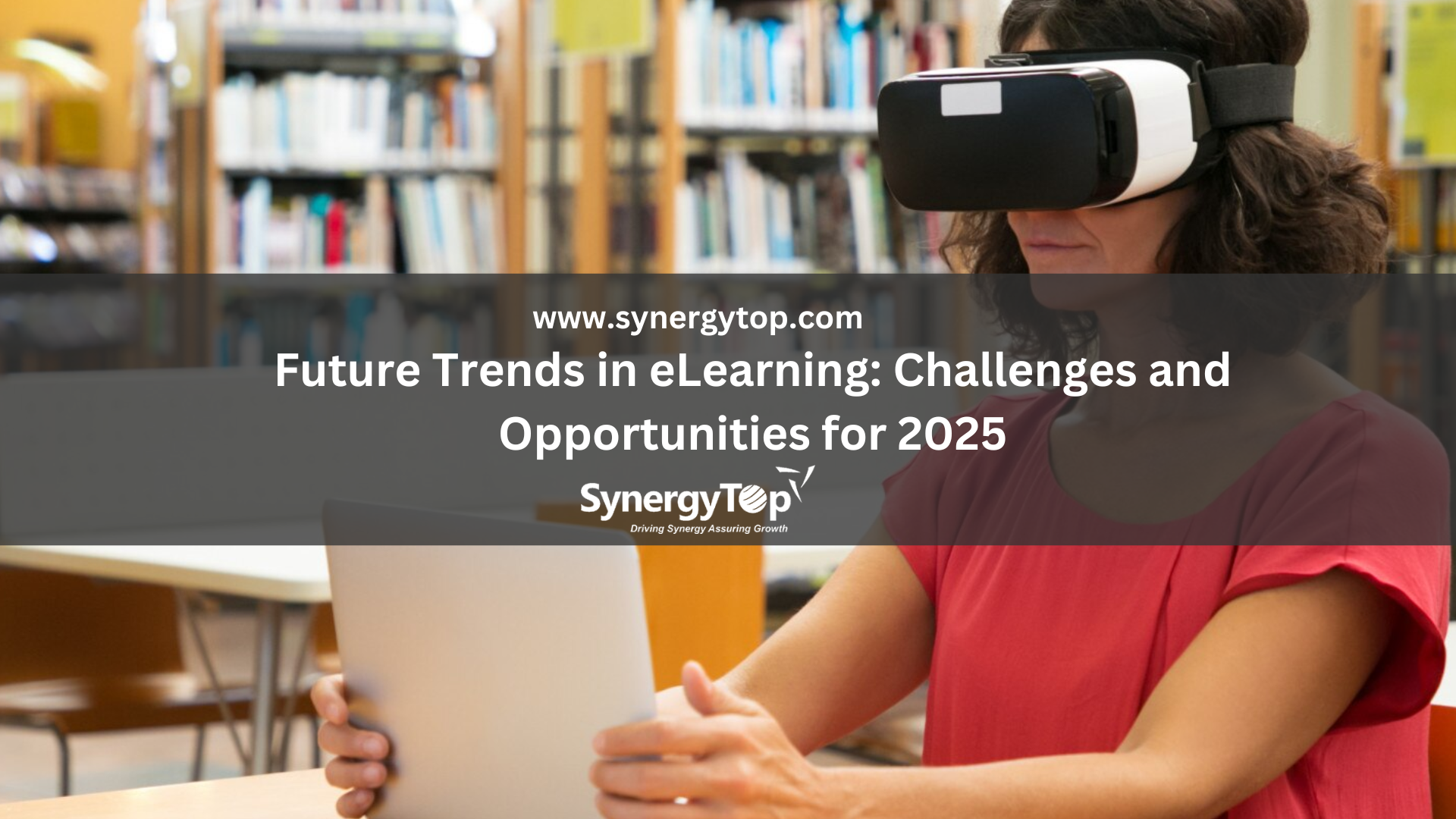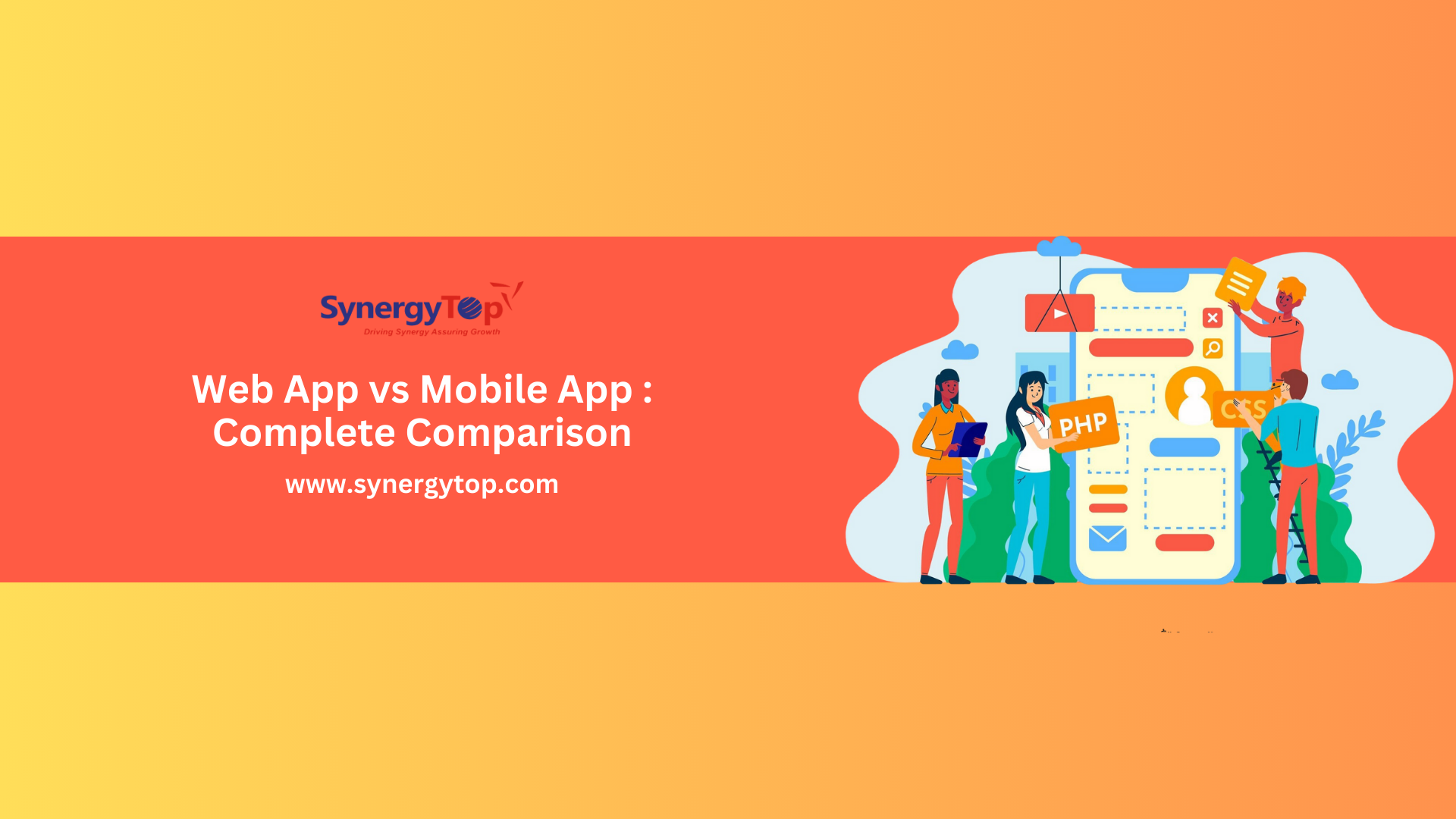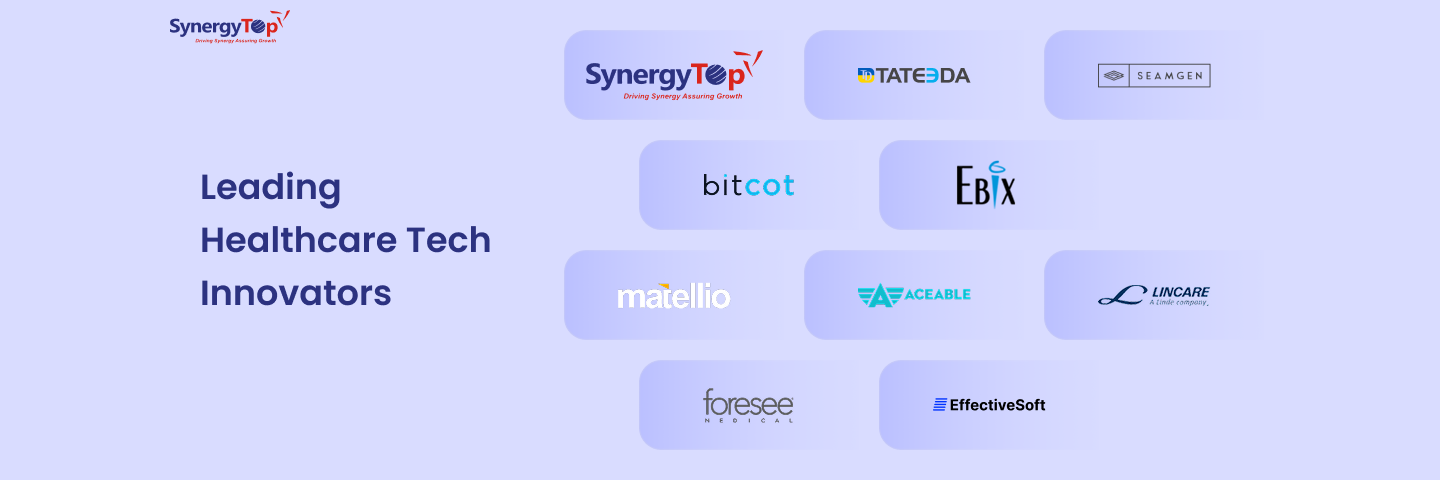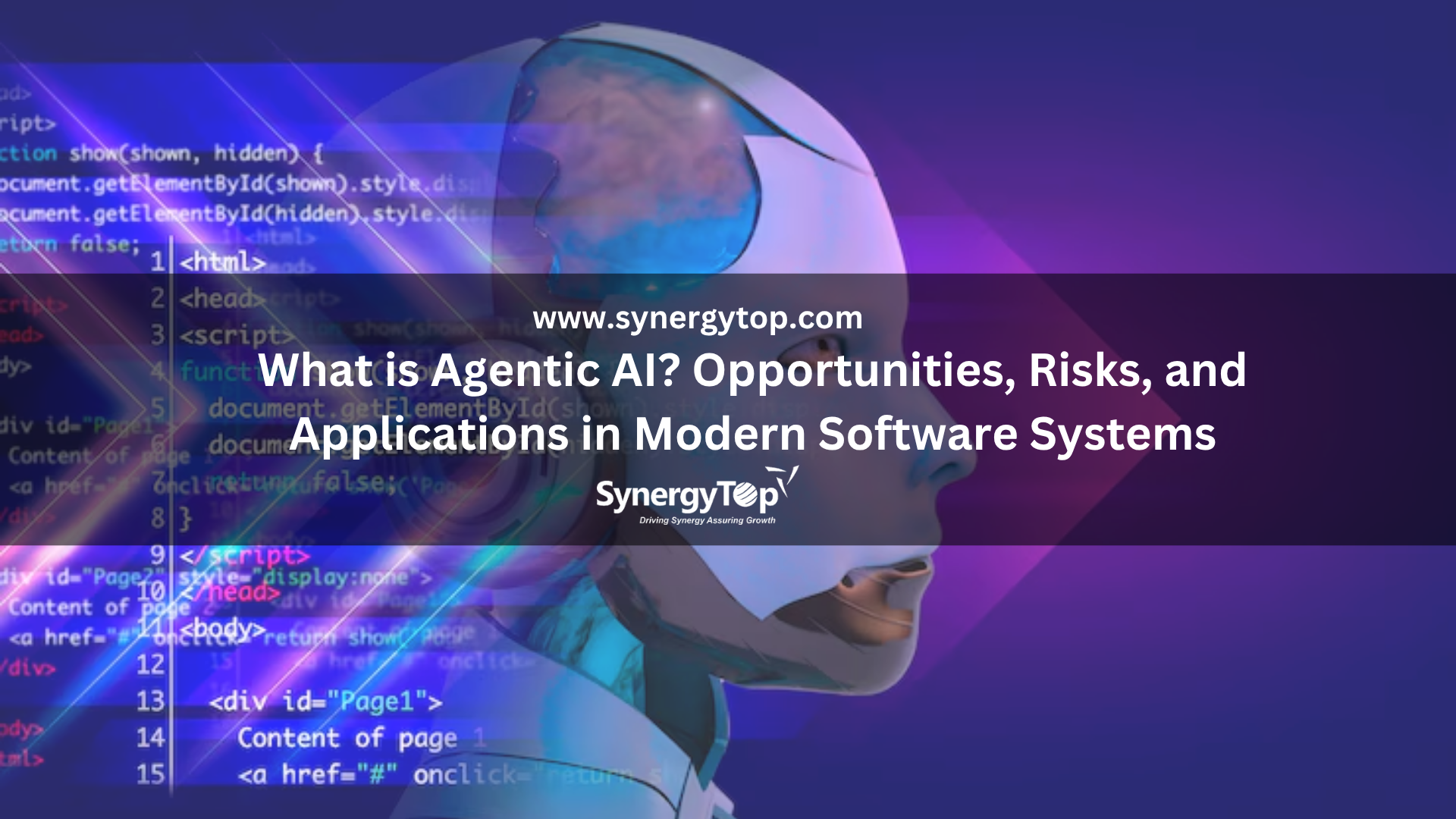A few years ago, eLearning exploded. Especially when the pandemic turned Zoom classrooms and online courses into our new normal.
Back in 2021, the market was already worth over $315 billion, according to Global Market Insights. And it’s still charging ahead, growing at a wild 20%+ per year through 2028.
Schools, universities, and even offices aren’t just dabbling in digital learning anymore. It has become the backbone of how we learn and train.
Now, in spring 2025, we are seeing many future trends in eLearning. The market is evolving in ways that unlock exciting new opportunities in eLearning. But this growth has also introduced new eLearning challenges 2025.
The real game-changer? How education providers, businesses, and tech companies respond to both the opportunities in eLearning and eLearning challenges 2025.
Let’s explore the key developments, and see where the real potential (and pitfalls!) lie.
5 Key Opportunities in eLearning in 2025

1. Hyper-Personalized Learning
Personalized learning powered by AI and data analytics allows platforms to tailor content to each learner’s pace, interests, and strengths. This makes education more effective and engaging, especially for students with varied learning abilities.
Platforms like DreamBox and Knewton are already doing this by adapting in real time based on user performance using AI.
How to bank on this trend?
Build or adopt AI-powered tools that adapt learning paths based on user behavior, assessments, and preferences.
2. Microlearning Modules
With attention spans shrinking and busy lifestyles taking over, learners are turning to short, focused lessons. Also, there is an increased inclination towards learning materials that they can consume on the go.
Microlearning, which includes typically 3-5 minute lessons, have proven highly effective. These work not just in corporate training and language learning, but soft skill development too.
Duolingo, for example, keeps users returning daily by offering tiny, gamified language lessons.
How to bank on this trend?
Create modular, mobile-friendly content that users can access in short bursts, with visual elements and progress tracking.
3. Gamification and Immersive Learning
Gamification elements (think: rewards, badges, leaderboards, and challenges!) boost motivation. Combine that with AR/VR-driven content creates immersive, memorable learning experiences. That’s what the modern learner expects today.
Classcraft, for example, is excelling at gamifying the entire classroom experience to boost engagement.
How to bank on this trend?
Use tools that allow for interactive, immersive storytelling or simulations to increase emotional and cognitive involvement.
4. Social and Collaborative Learning
Learning is increasingly social. Forums, group tasks, live discussions, and peer reviews mirror real-world collaboration and help build communication skills. Platforms like Edmodo and Microsoft Teams for Education enable this social layer of learning.
How to bank on this trend?
Integrate collaborative features like chat, whiteboards, file sharing, and live group activities to foster peer learning.
5. Lifelong Learning Platforms
The idea of learning being confined to schools or colleges is fading fast. More adults are turning to eLearning platforms for reskilling, career shifts, and personal growth.
Coursera, LinkedIn Learning, and Udemy offer on-demand access to certified courses from top institutions.
How to bank on this trend?
Offer flexible, stackable certifications with real-world value. Partner with industry leaders to enhance course credibility and visibility.
Also Read: Education App Development 101: Types, Features, Cost and Monetization
5 Key eLearning Challenges 2025

1. Accessibility Gaps
Despite the digital boom, millions still lack access to devices, Internet, or localized content. This widens the education gap, especially in rural or underdeveloped areas, making inclusivity one of the biggest eLearning challenges 2025.
How to mitigate this challenge?
Develop offline-compatible content, include voice-based interfaces, and collaborate with local governments or NGOs to expand access.
2. Content Overload
There’s an overwhelming amount of content online, and learners often struggle to find relevant, high-quality material. This leads to fatigue and low course completion rates. Without proper curation, this content saturation becomes a barrier to effective learning.
How to mitigate this challenge?
Use AI-based recommendation engines and editorial filters to personalize suggestions and archive outdated content.
3. Data Privacy Concerns
As personalization increases, so does data collection. Handling learner data responsibly is critical. Any breach, especially when dealing with minors, can erode trust and lead to legal repercussions under GDPR or similar regulations.
How to mitigate this challenge?
Implement end-to-end encryption, obtain clear user consent, and provide easy options for data export or deletion.
4. Engagement Drop in Remote Learning
While online learning offers flexibility, it often leads to isolation and lower engagement. Many students report feeling disconnected, which can result in decreased participation and retention.
How to mitigate this challenge?
Include live sessions, mentor-led discussions, gamified quizzes, and regular check-ins to keep learners motivated and involved.
5. Skills Gap Among Educators
Not every educator is digitally savvy. Many struggle with adapting content for digital platforms or using new tech tools effectively. This creates inconsistent learning experiences and reduces the overall quality of instruction.
How to mitigate this challenge?
Provide hands-on training, tech support, and user-friendly content creation tools to educators at all levels.
Embracing the Future Trends in eLearning
The above future trends in eLearning are just a preview of what’s to come. The industry is in the midst of a digital revolution, with plenty of room to grow. With a CAGR of 20%+, the eLearning sector is primed for even bigger milestones.
To leverage these opportunities in eLearning—and even create your own trends—you need the right tech partner. At SynergyTop, we bring over 10 years of experience in building robust, scalable EdTech solutions. We’ve worked with more than 10 EdTech platforms and understand what it takes to succeed in this evolving space.
Let’s build the future of learning – together.
















